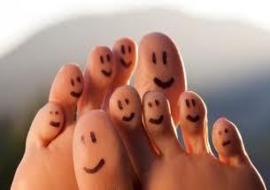We have successfully treated thousands of customers with many types of foot problems including Arch pain, Flat feet (low arch), Dropped arches, Collapsed feet, Plantar fasciitis, Heel pain, Heel spurs, Matatarsalgia, Pronation, Over pronation, supination, Hammer toes,Hammer toes, Achilles tendonitis, Lower leg/ankle pain, Shin splints, Morton’s neuronal, Cramping, Knee pain, Back pain, Knock knees, Bow legs, Hip pain, Poor gait, Poor alignment, Leg length discrepancy, Leg shortening, Pelvis pain, Hip pain, Lower back pain, Arthritis, Poor posture, A feeling of “rolling in” or “roll out” when you walk. A feeling of being unstable when you walking out” when you walk. All treated with our great value and affordable high quality orthotics and insoles.
YOU DO NOT HAVE TO SUFFER FOOT PAIN AND ASSOCIATED FOOTWEAR PROBLEMS, AS RELIEF IS ONLY A PHONE CALL AWAY.
I OFFER A FREE NO OBLIGATION, OVER THE PHONE CONSULTATION TO DISCUSS YOUR FOOT, GAIT AND FOOTWEAR PROBLEMS. just give us a call, email or text us your name and contact number and we will call you back as soon as we can
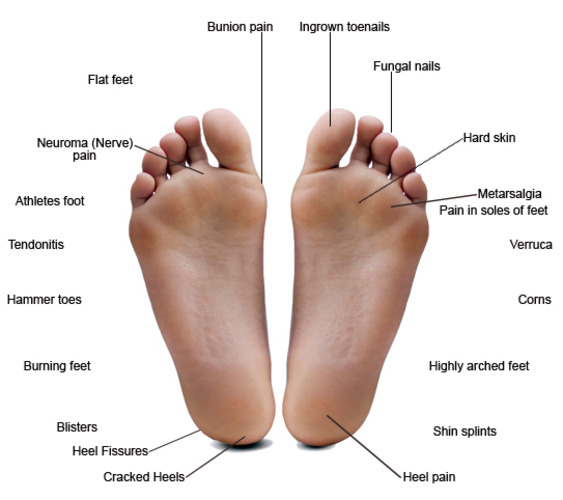 FOOT PROBLEMS TREATED WITH THE AID OF ORTHOTICS.
FOOT PROBLEMS TREATED WITH THE AID OF ORTHOTICS.
Foot pain is a very common and can result from many different conditions. The feet and ankles contain bones, joints, muscles, tendons, ligaments, and a network of blood vessels, nerves, skin, and soft tissue. The parts of the foot work together to support the body and provide balance and mobility.
Foot pain can affect any part of the foot, including the toes, the balls of the feet, the insteps, the arches, the heels, and the ankles. Common causes for foot pain include flatfeet, plantar fasciitis, gout, bunions, corns, blisters, Morton’s neuroma, and medical conditions, such as diabetes, arthritis, tendonitis, and foot injuries (e.g., fractures, sprains, strains).
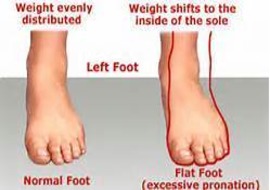
FLAT FEET
(dropped aches)
Pes planus (PP) is the loss of the medial longitudinal arch of the foot. There are various types and causes of flat feet. Usually, treatment is only needed if PP is new, painful or progressing, or when there is a fixed deformity or other associated problem.
The flat feet does not occur in isolation, but affects the dynamics of the foot and gait So, patients standing on a flat foot will usually have:
- Valgus position of the heel (turned outwards).
- Pronation of the midfoot, usually referred to as ‘hyperpronation’ (the midfoot turns inwards).
- Valgus (turned out) position of the forefoot.
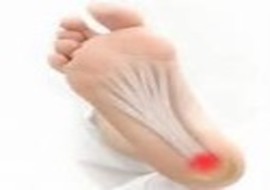
PLANTAR FASCIITIS
Is the most common form of heel pain – tenderness at the origin of the plantar fascia (heel)
Patients with plantar fasciitis often have increased heel pain with their first steps in the morning or when they stand up after prolonged sitting.
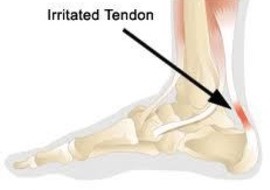
ACHILLES TENDONITIS
Achilles tendonitis is associated with posterior heel pain. There is often increased pain with running, jumping, or making quick turns.
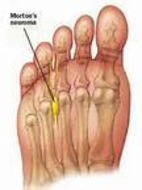
MORTON’S NEUROMA
There is pain from pressure on an interdigital neuroma between the metatarsals. Fashionable shoes often contribute to morton’s neuroma. Pain usually radiates to the lateral side of one toe, and the medial side of its neighbour. A metatarsal support can often give relief.
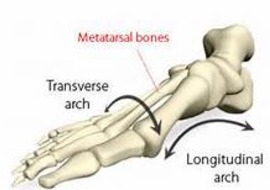
METATARSALGIA
Metatarsalgia is pain across the metatarsal heads. It is often due to collapse of the transverse arch a metatarsal pad will often reform and support the arch, providing relief.

LEG LENGTH DISCREPANCY (LLD)
Leg length discrepancy can be due to many causes, congenital (from birth), post traumatic (from fracture that leads to the shortening of the bone ends) or after joint replacement (hip, knee or ankle) and the discrepancy can be structural or functional. Compensating custom-made orthotics or compensating raises fitted inside or outside of footwear can help equalize the discrepancy.
DON’T SUFFER! MAKE AN APPOINTMENT TODAY
AREAS COVERED:- HERTS, ESSEX, LONDON AND THE HOME COUNTIES
(other areas by special arrangement-please contact us to check for availability)

